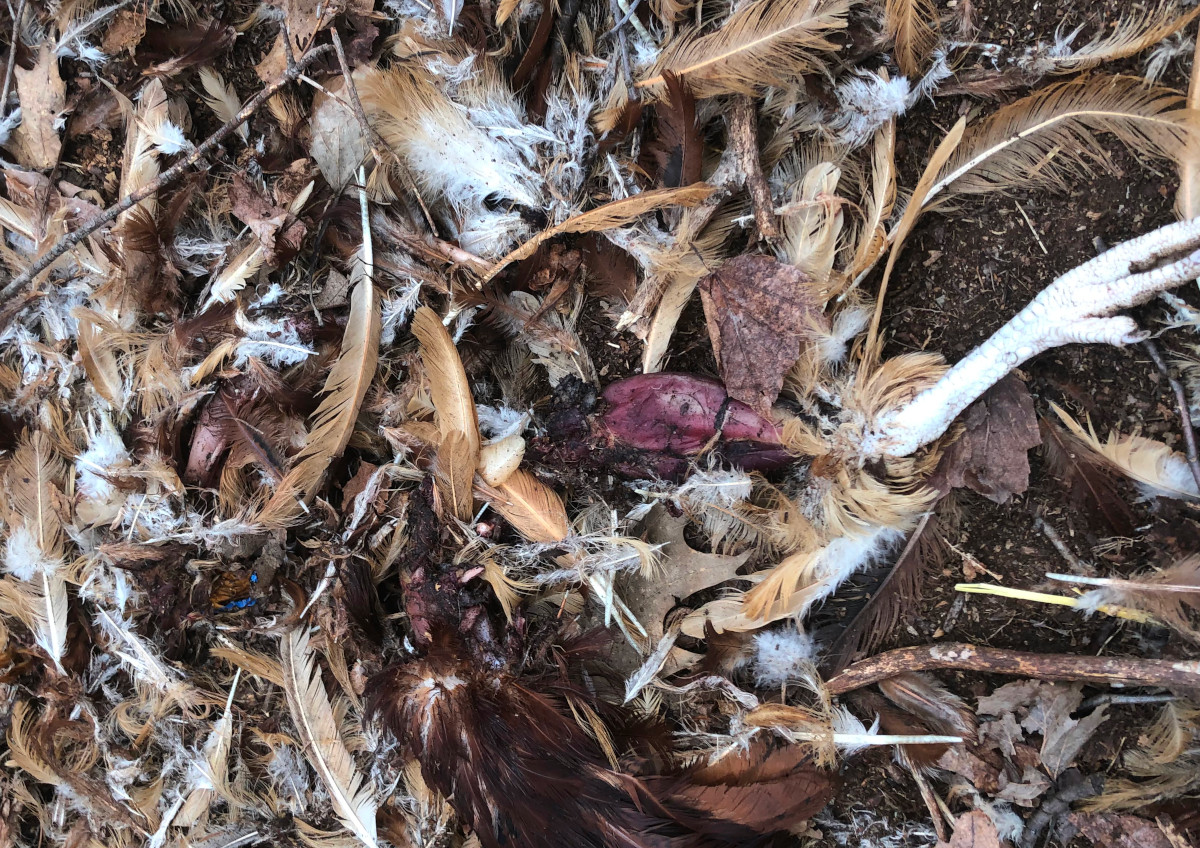Bears and how to protect your chickens.

There are 8 species of bears found on four continents. Only 5 of these bear species pose a threat to poultry, one, the Panda is completely vegetarian and the sun and sloth bear are insectivorous.
Table of Contents
Protecting chickens and other poultry from bears is problematic, bears are large, agile, aggressive and powerful carnivores and all bears species are protected and cannot be killed or interfered with.
Except for the panda, bears are classed as carnivorous that will eat any poultry including chickens or their eggs but also in some cases their feed. They seem to like the sweet smell of corn and will actively seek it out.
Will bears break into a chicken coop and eat chickens?
Bears will break into a chicken coop without any struggle at all. They are dexterous and able to open doors and latches and strong enough to remove doors and windows from their frames.
Bears will eat the eggs of any type of poultry or wild bird.
Below: Bears will eat chickens, often every single one and leave almost nothing. A half eaten leg and a few feathers is that was left from 12 Rhode island reds.

Chickens, eggs or any poultry is an easy meal for a bear and they have considerable appetites and will generally eat the entire contents of the coop before they leave.
No commercially available or wood built backyard coop will be bear proof. Even metal sheds will not keep a bear our. Substantial brick built structures are required for bear proof coops.
How do you know if it is a bear attack?
The characteristic of a bear attack on a chicken coop is absolute destruction. Bears are big and strong and often do a tremendous amount of damage when they break in.
Bears can breech chain link fence and barbed wire with ease and can bend or pull fence posts.
Below: A metal shed being used a s a coop was ripped open by a bear.

How do you keep bears away from the coop and stop them from eating your chickens?
A standard wooden chicken coop will never be bear proof so the best way is to keep bears away from your property by not attracting them and making the land unsuitable for them.
Deterrents can teach bears to stay away.
To help keep bears away from coops and poultry:
- Do not leave ANY food lying around, bears have an excellent sense of smell.
- Do cut down trees and covering vegetation, bears prefer cover and dislike being out in the open.
- Motion activated lights and sound, the brighter and louder the better.
- Feeding wild birds can attract bears.
- A radio on a talk show can keep bears away but it needs to be loud.
- Don't keep compost piles.
- Powerful objectionable scents like ammonia can keep bears away.
- Keep garbage in the garage and locked away.
- Only free range for short periods in the middle of the day.
- There are some deterrent that can be applied. Quantities of pure cayenne pepper is known to repel bears.
- Unwelcome mats made by pushing hundreds of nails through a sheet of plywood is tough on their feet.
- Barking dogs may work, there are mixed opinions on this one.
- Electric fences are a good deterrent to bears.
- Air horns can be a useful deterrent.
- Automatic sprinklers can startle bears helping with their education.
Electric fences do not always work, in the animal madness episode of Mythbusters (series 12 episode 4) they tested bear myths. In this case the bear crossed the hot-wire electric fence without even flinching. They also tested ammonia soaked cloths in this episode but they did not stop the bear stealing food from a car.
Bears are most active during early morning and late evening in spring and summer but some that live around human settlements have learned to hunt at night or even during the day.
They tend to avoid the middle of the day especially when very warm although a hungry bear will hunt regardless. Bears tend to be more bold during the darker hours.
Plants don't tend to keep bears away,they prefer the cover of vegetation.
Our walk-through to working out which predators are killing your chickens.
Which species of bears are a threat to poultry and chickens?
The Brown Bear, of which there are several subspecies. The Brown Bear can be found in Alaska, western Canada,and parts of Washington, Montana and Wyoming. Small individual populations are scattered throughout parts of Europe and Asia. Russia has a healthy population of brown bears currently.
The North American Black Bear is the most common bear in North America ranging from the State of Florida north, into Canada and north to Alaska.
Polar Bears are among the largest bears in the world and adult males may reach 800 kilograms (kg) or 1760 pounds (lbs). Their range is limited to far northern regions, mostly inside the arctic circle and they are not likely to come into contact with many chicken keepers.
The Asiatic black bear is found across Asia from Iran in the south, across Russia and as far east as Japan. They are carnivorous and present an opportunist threat to any poultry or chickens.
The Andean Bear or Spectacled Bear are an endangered species, listed as Vulnerable, and it is illegal to kill them. They are carnivorous and will eat chickens and other birds ad eggs if presented with the opportunity. they are rare and their range is limited making them a small threat.
Panda Bear. The giant panda is a rare, endangered and herbivorous.
Both the Sri Lankan Sloth Bear and Indian Sloth Bear are smaller insectivorous animals which pose little threat to poultry.
The Sun Bear is the smallest species of bear and is predominantly a termite eater despite having the largest canine fangs for its size of any animal.
